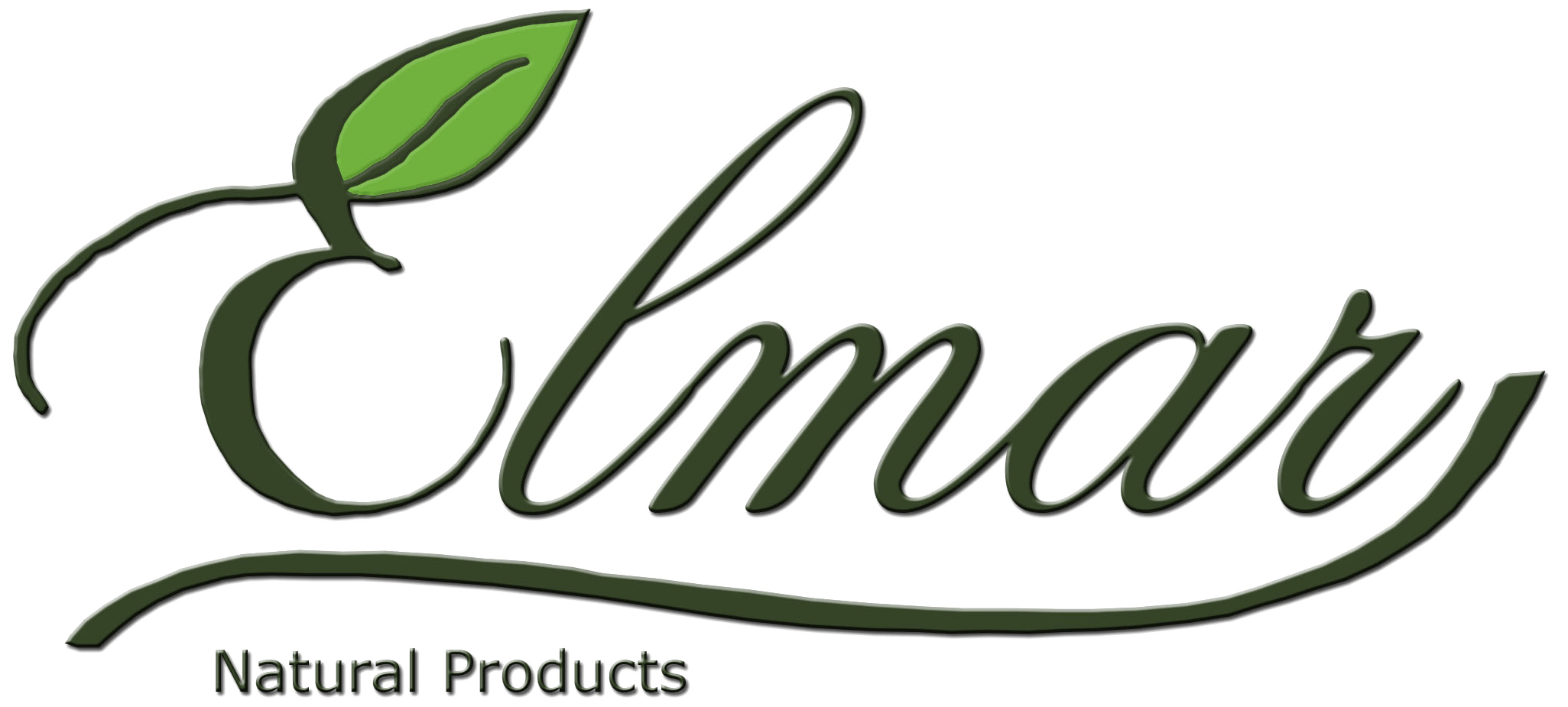Cinnamon, the oldest spice in the world, is currently being cultivated in four main regions in Vietnam, including Yen Bai, Quang Ninh, Thanh Hoa-Nghe An, and Quang Nam provinces. In 2024, the Indian market accounted for 36% of Vietnam’s total exports.
In January 2025, cinnamon exports brought in 20.1 million USD with 7,229 tons, an increase of 13.6% compared to the same period in 2024. India continues to be the main export market for Vietnam. Earlier in 2024, Vietnam exported 99,874 tons of cinnamon, with a total export value of 274.5 million USD. Compared to 2023, the export volume increased by 11.7%, and the export value increased by 5.2%.

Cinnamon exports have increased by 13.6% in January 2025.
In addition to domestic supply, Vietnam has also increased imports of this item, with 239 tons in January 2025, worth 0.5 million USD. Indonesia has been the main supplier of cinnamon to Vietnam until now.
Usually, cinnamon can be harvested about 3-5 years after planting. However, for high-quality products, the cinnamon trees must be over 15 years old. All parts of the cinnamon tree, such as bark, leaves, flowers, wood, and roots, can be used. People mainly harvest cinnamon bark, branches, or leaves to dry or extract essential oil. On average, one hectare of cinnamon at the harvesting age can yield 12-14 tons of leaves and branches and 8-10 tons of bark.
Yen Bai province has the largest cultivation area and production of cinnamon bark in the country. Specifically, the production in the four districts, including Van Yen, Van Chan, Van Ban, and Tran Yen, can account for 70% of the entire cinnamon-growing area in Yen Bai. Some typical cinnamon-growing areas here is Dai Son, Vien Son, Xuan Tam, Phong Du or Chau Que.
Experts say that cinnamon is a non-timber forest product with increasing demand in the international market. The area of cinnamon in Vietnam is expanding strongly to meet market demand. Without timely orientation, there is a risk of unsustainable development.
Therefore, it is necessary to promote the connection of cooperatives and farmers, create raw material zones, and consume products. Along with that, the state and localities need to have appropriate mechanisms and policies to encourage businesses to invest in the production and processing of cinnamon.
